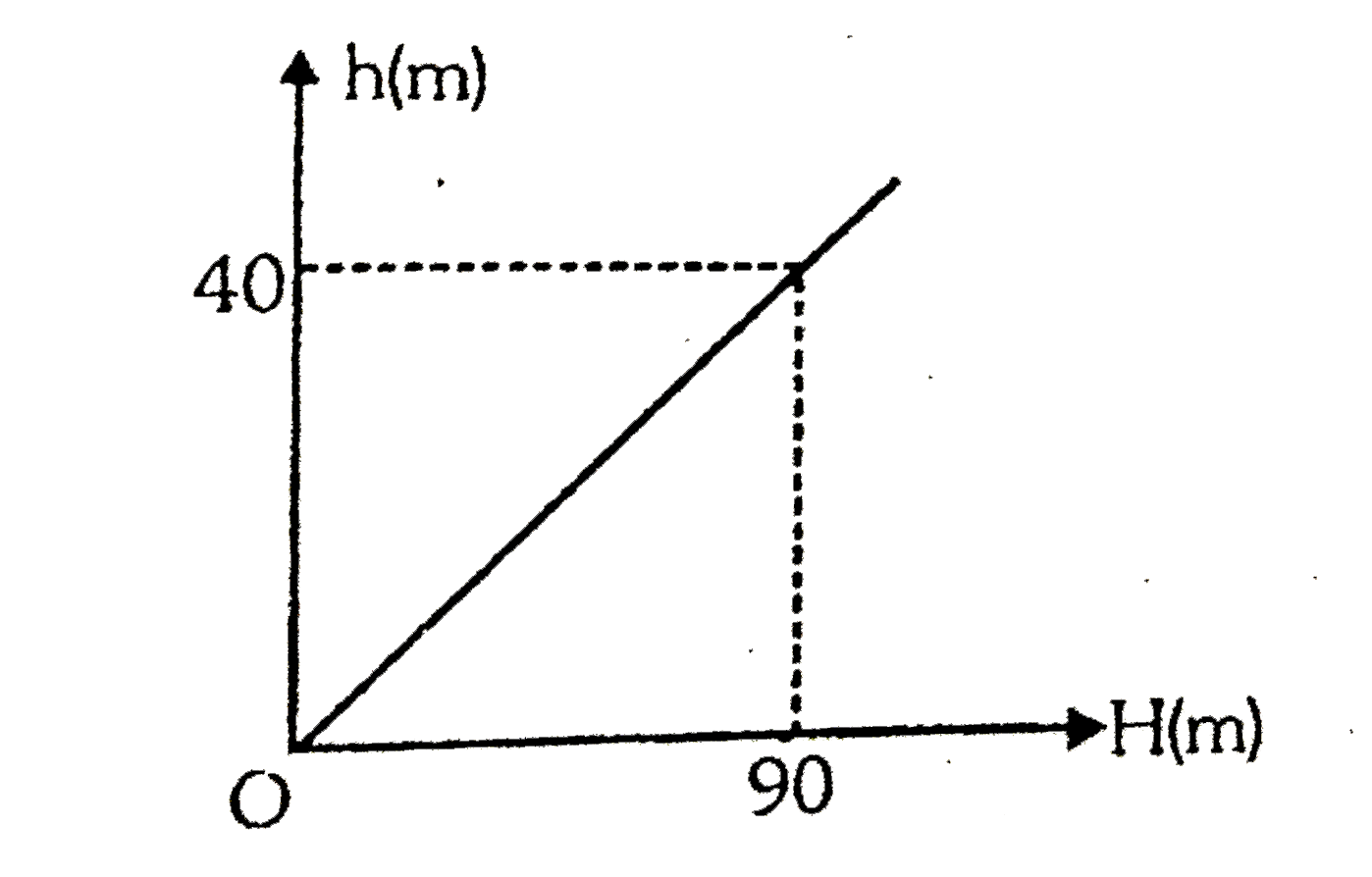In the figure shown, a ball without sliding on a horizontal, surface. It ascends a curved track up to height h returns. The value of h is h1 for sufficiently rough curved track to avoid sliding and is h2 for smooth curved track then

h1=h2
h1<h2
h1>h2
h2=2h1
The correct Answer is:C
If the track is smooth (case A), only transitional kinetic energy changes to the gravitational potential energy.
But, if the track is rough (Case B), both translational and rotational kinetic energy changes to potential energy. Therefore, potential energy (=mgh) will be more in case B than in case A hence h1>h2
hence (3)
Topper's Solved these Questions
Similar Questions
A disc of radius 0.1 mrolls without sliding on a horizontal suirface with a velocity of 6 m/s. It then ascends a smooth continous track as shown in figure. The height upto which it will ascend is (g=10m/s2)

View SolutionA wheel ( to be considered as a ring ) of mass m and radius R rolls without sliding on a horizontal surface with constant velocity v. It encounters a step of height R/2 at which it ascends without sliding

View SolutionA ball is dropped on a horizontal surface from height h. If it rebounds upto height h2 after first collision then coefficient of restitution between ball and surface is
View SolutionIn the figure shown, a ring A is initially rolling without sliding with a velocity 1, on the horizontal surface of the body B (of same mass as A). All surfaces arc smooth. B has no initial velocity. What will be the maximum height reached by A on B?

View SolutionIn the figure shown, a small ball of mass 'm' can move witgout sliding in a fixed semicircular track of radius R in vertical planet. It is released from the top. The resultant force on the ball at the lowest of the track is

View Solution
The figure shown a particle sliding on a frictionless track, which teminates in a straight horizontal section. If the particle starts slipping from the point A, how far away from the track will the particle hit the ground?
View Solution
The figure shown a particle sliding on a frictionless track, which teminates in a straight horizontal section. If the particle starts slipping from the point A, how far away from the track will the particle hit the ground?
View SolutionA ball of mass 2kg dropped from a height H above a horizontal surface rebounds to a height h after one bounce. The graph that relates H to h is shown in figure. If the ball was dropped from an initial height of 81 m and made ten bounces, the kinetic energy of the ball immediately after the second impact with the surface was

View SolutionA small disc of mass m is released at height h ,on a circular track of radius R, whose part AB has sufficient friction to prevent slipping ,while BC smooth. The maximum height attained by disc on BC is
View SolutionA charge q is placed at a height h4 from the base of a cone of height h and radius R as shown in figure. Calculate the flux linked with the curved surface of the cone.

View Solution
